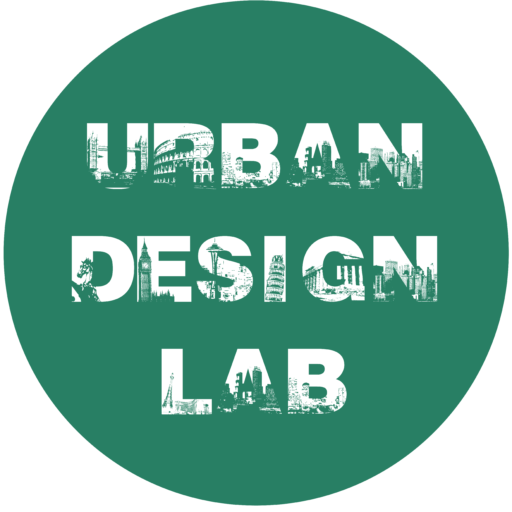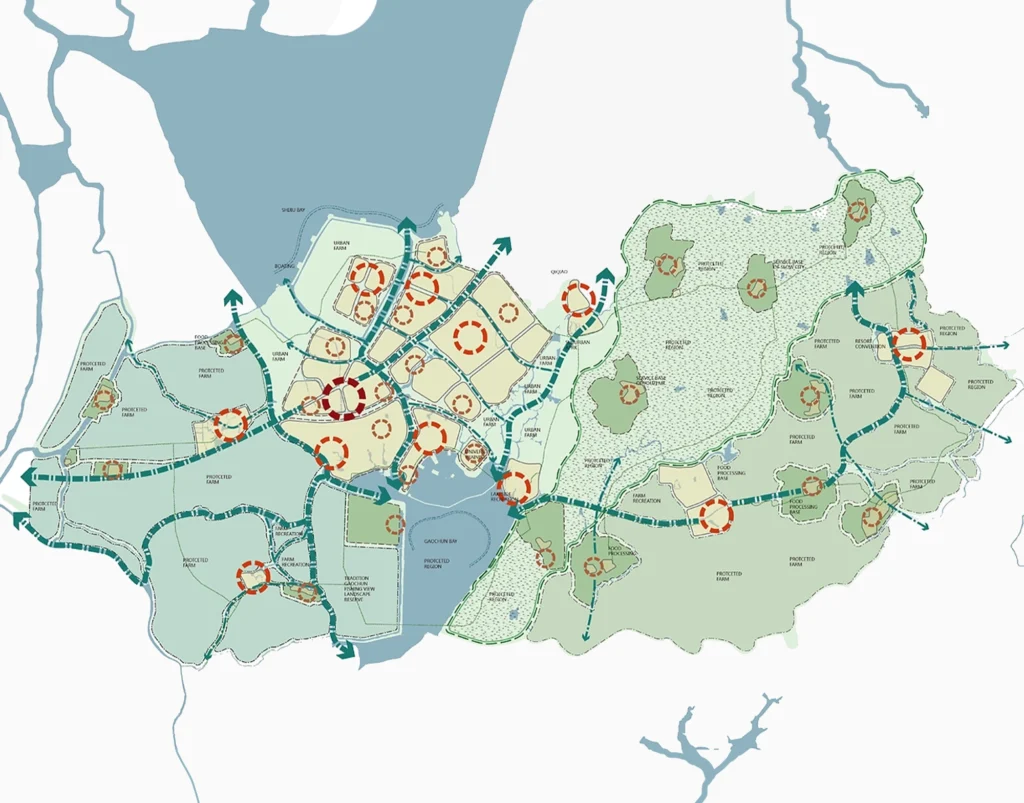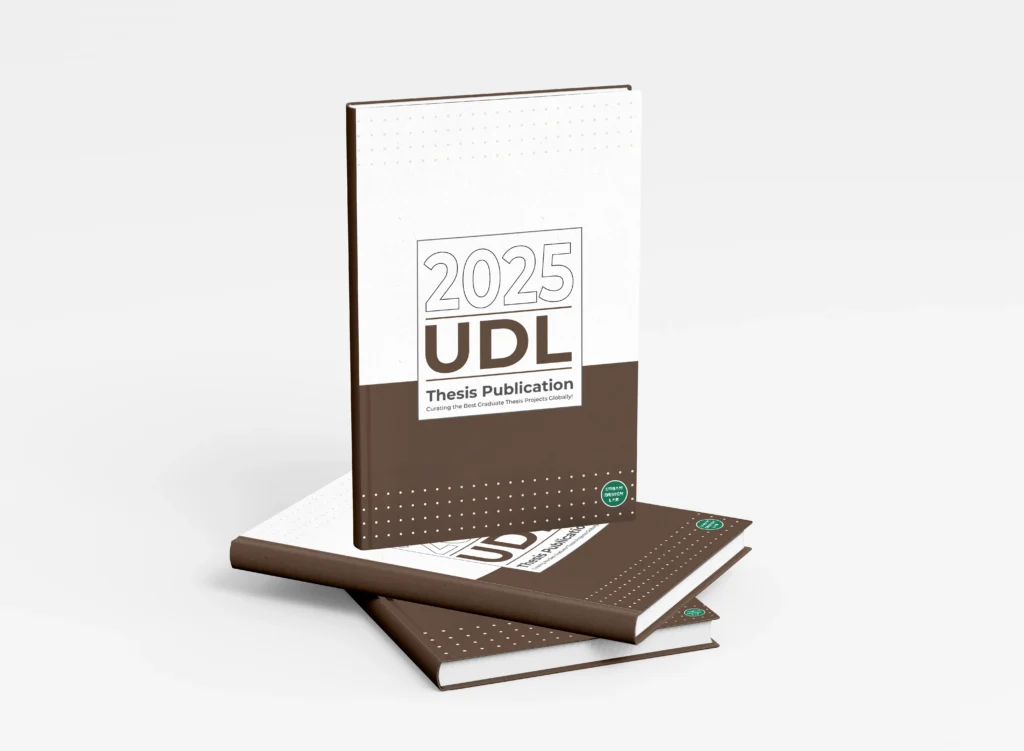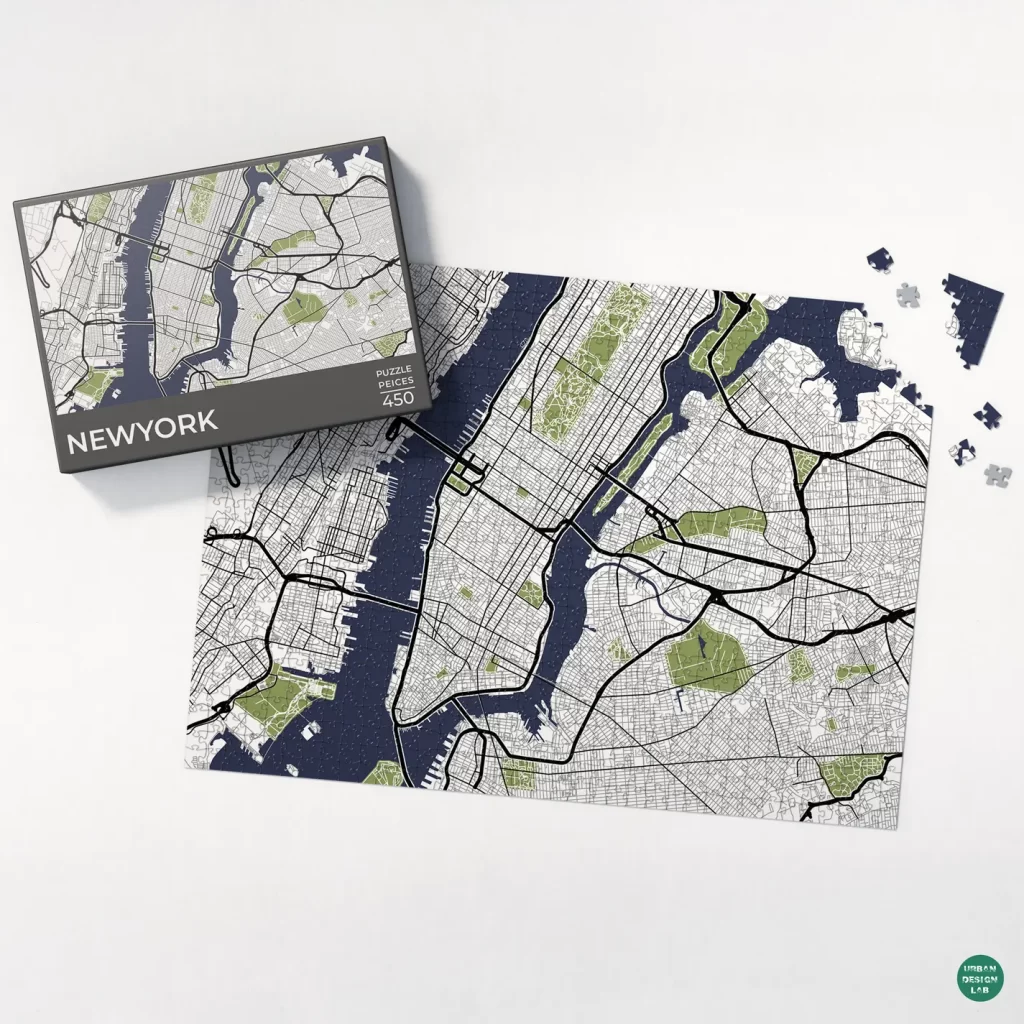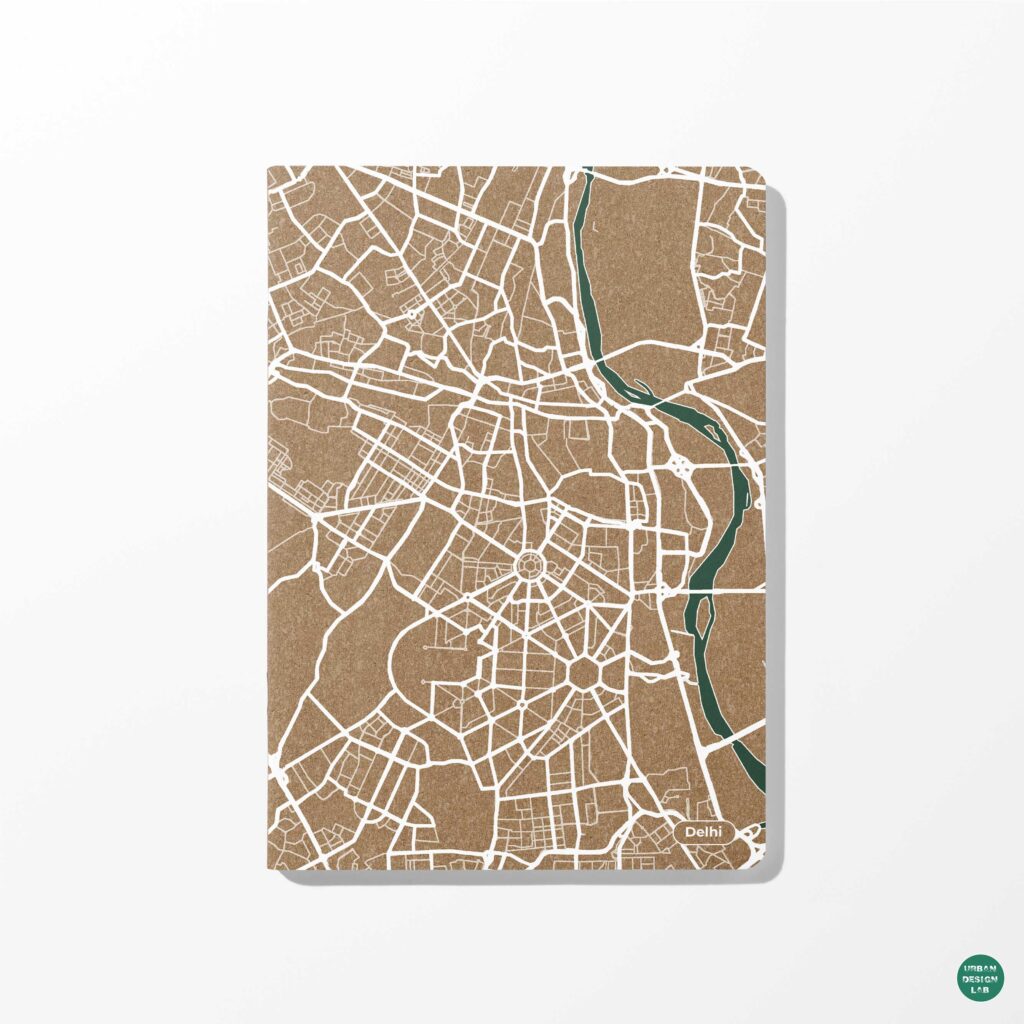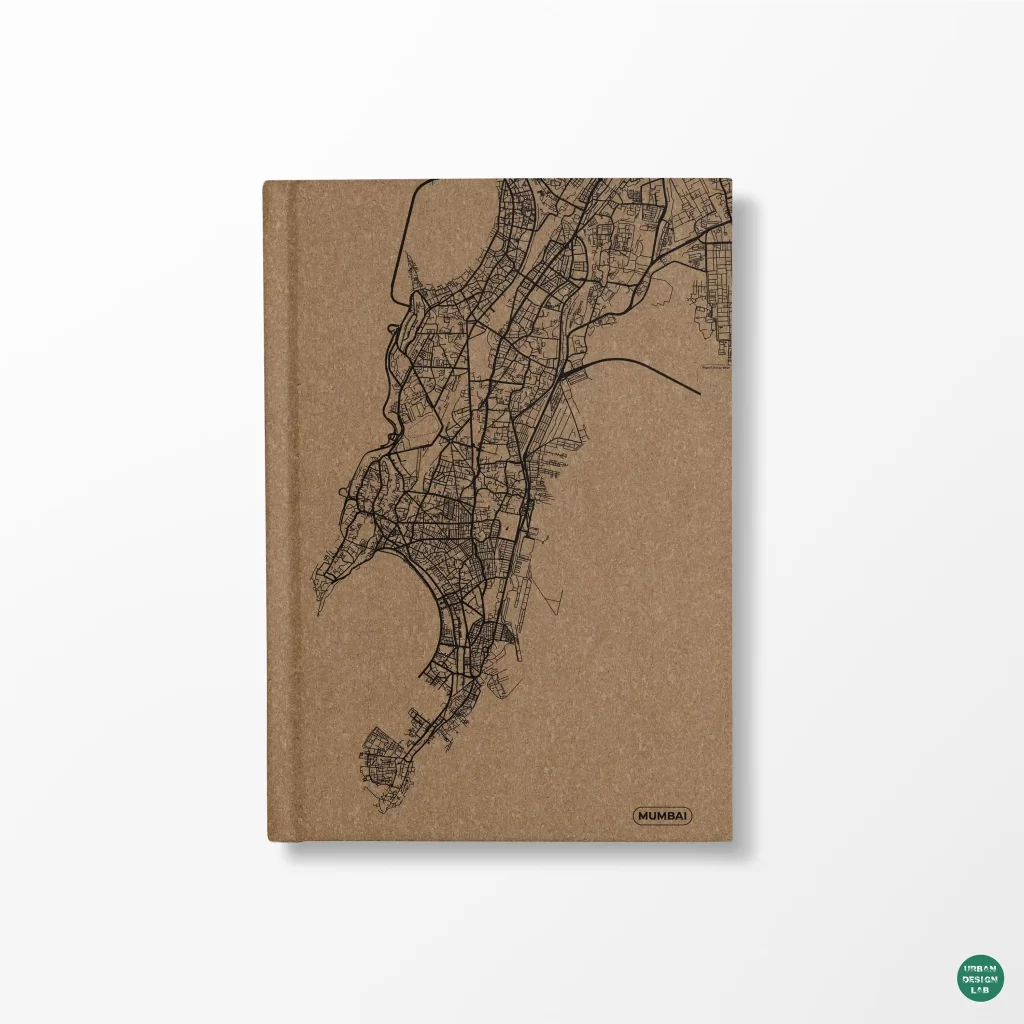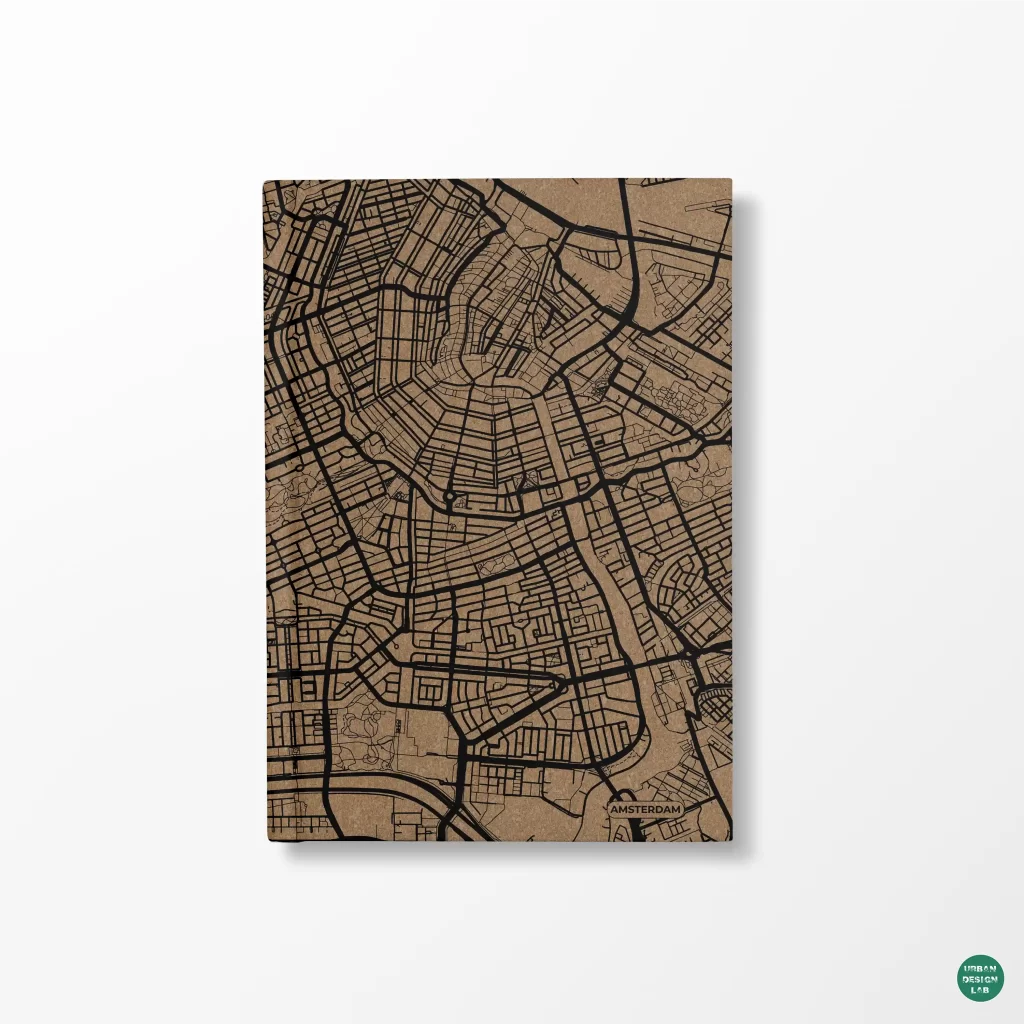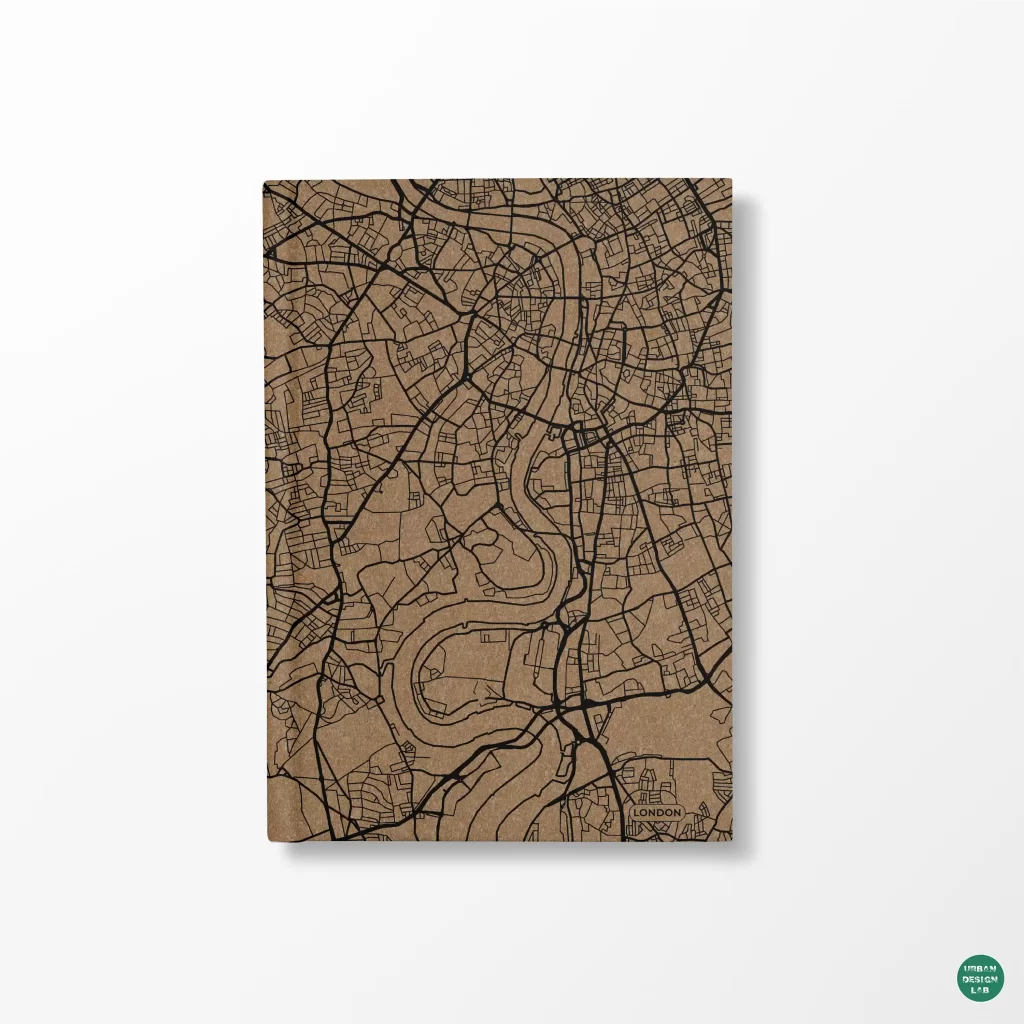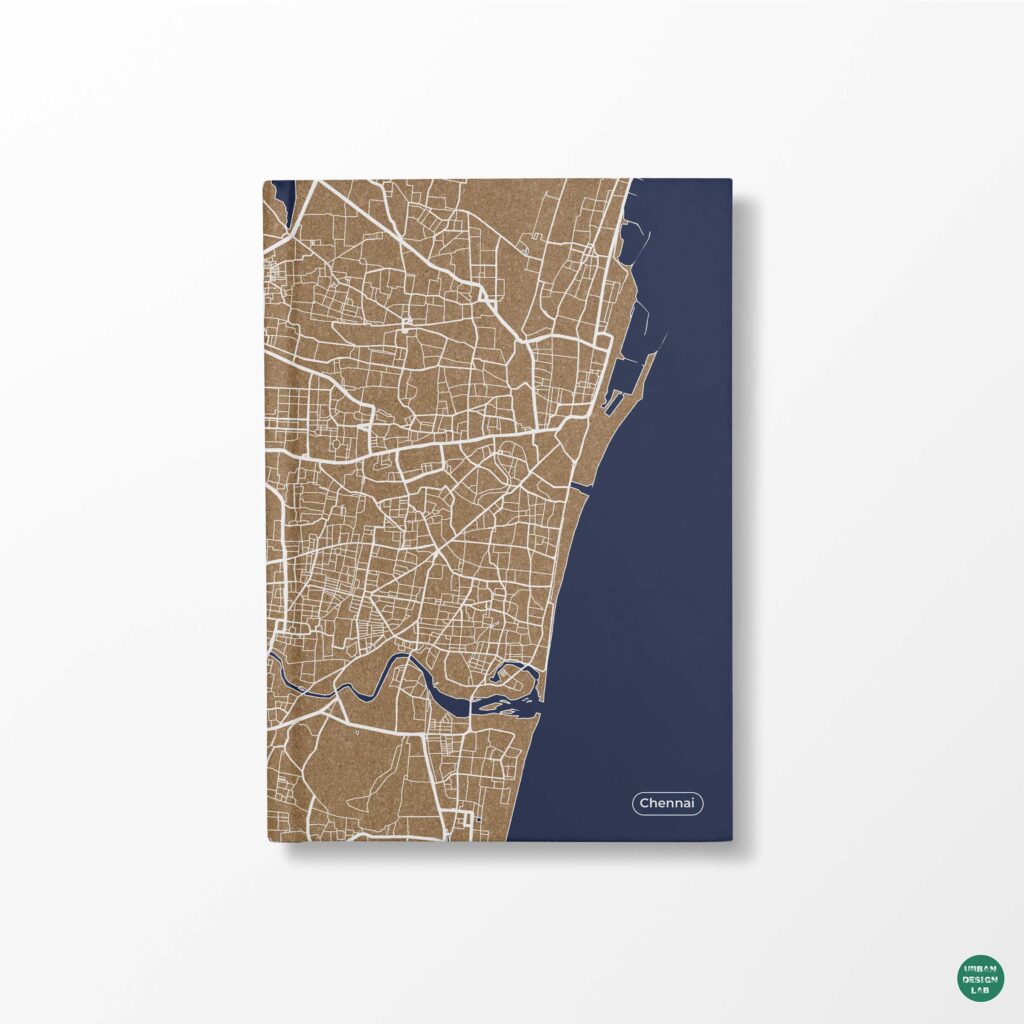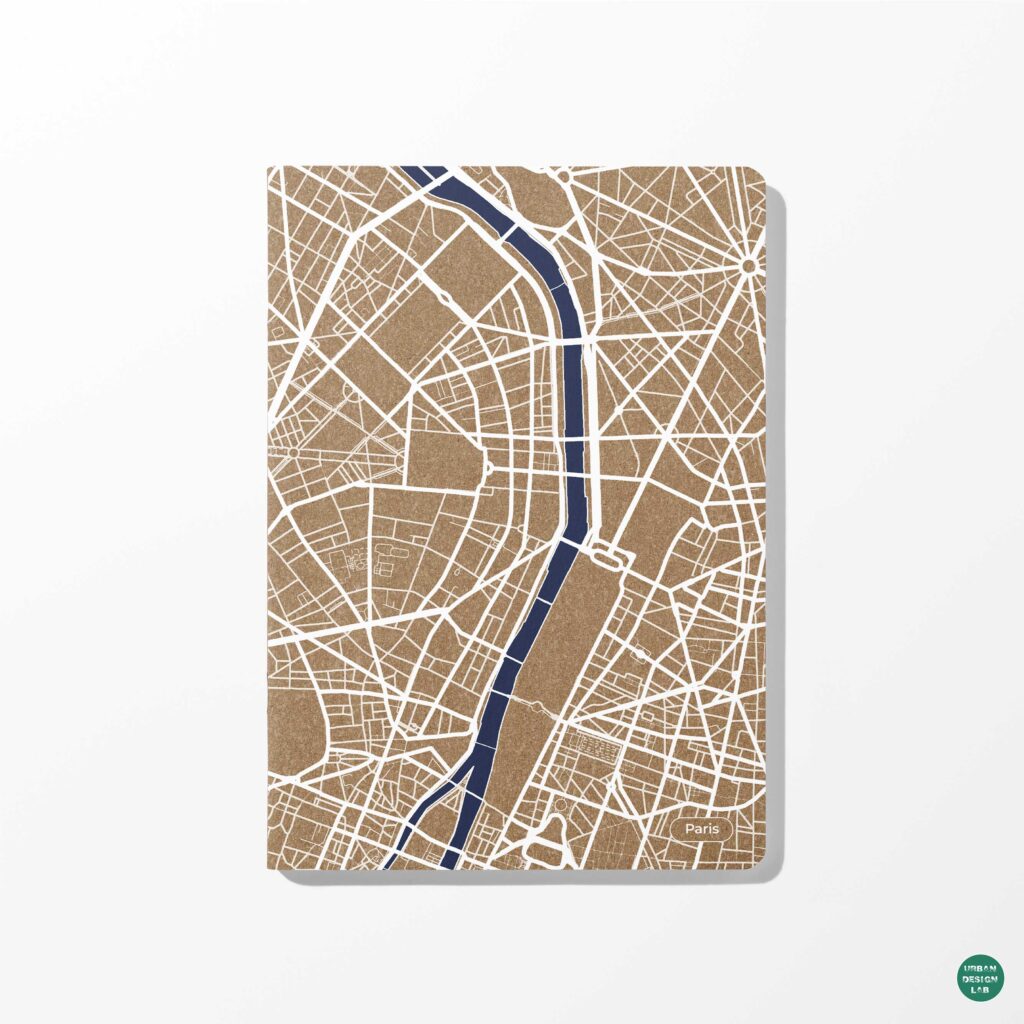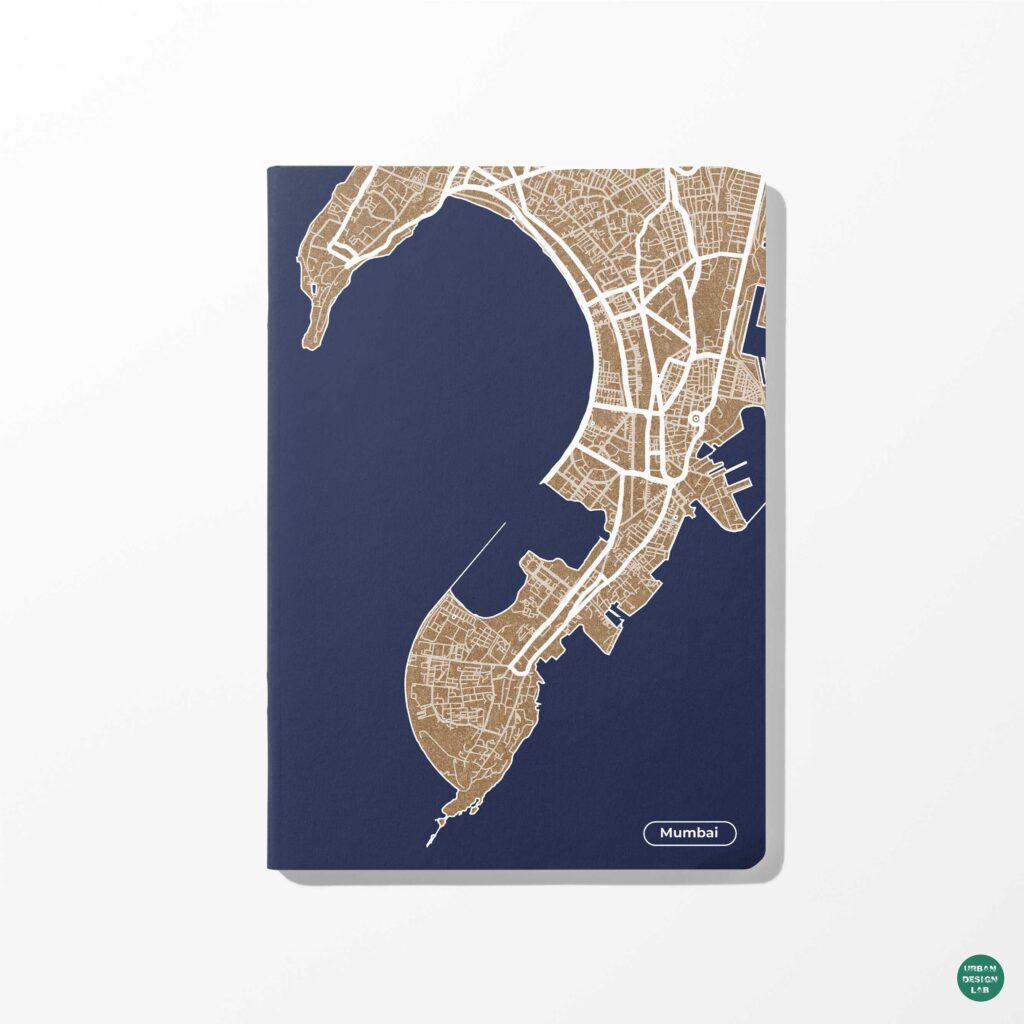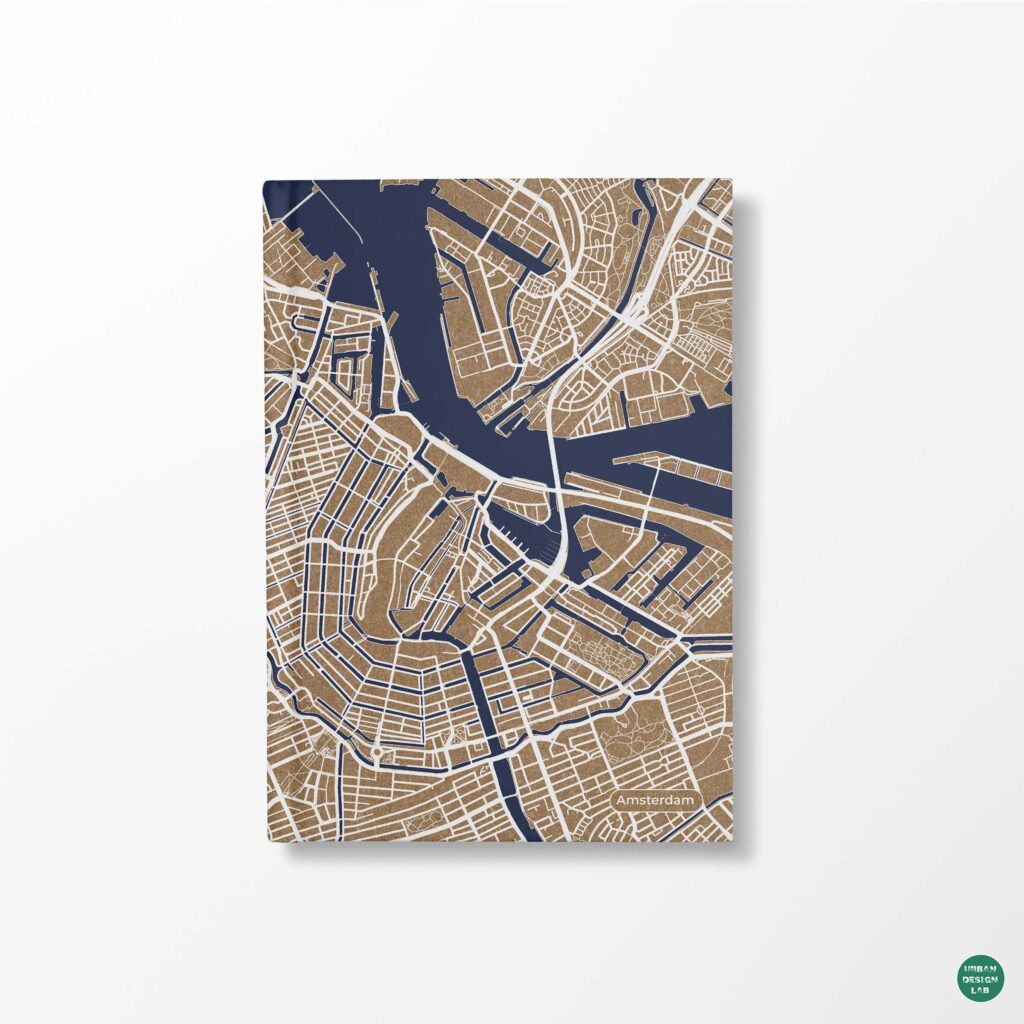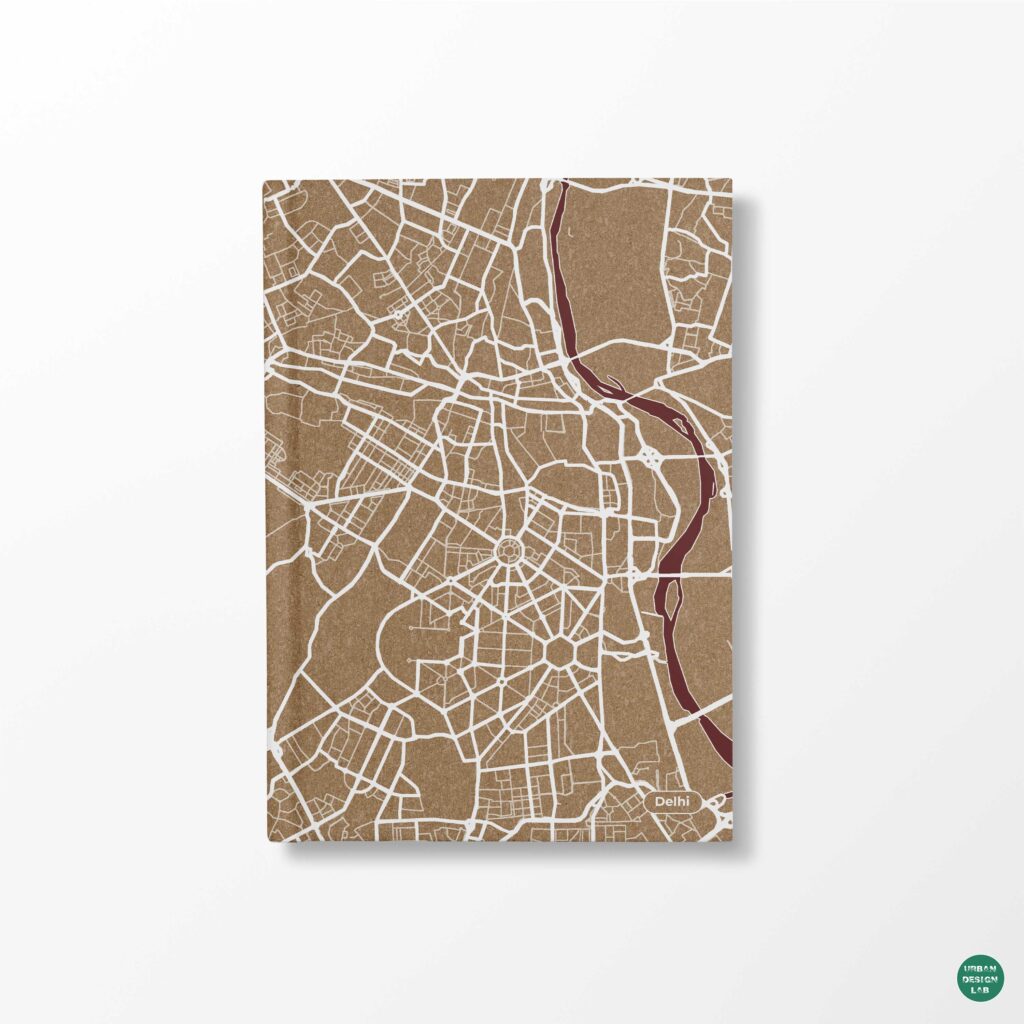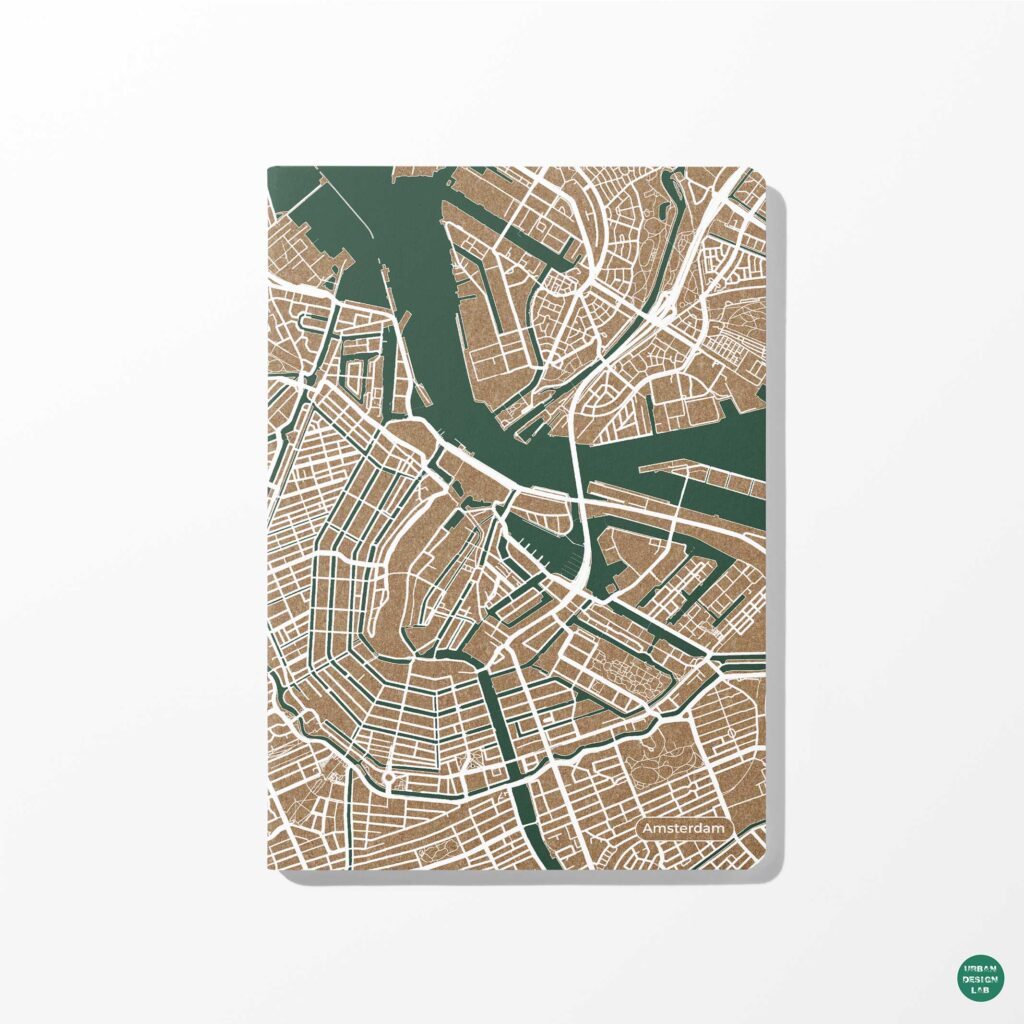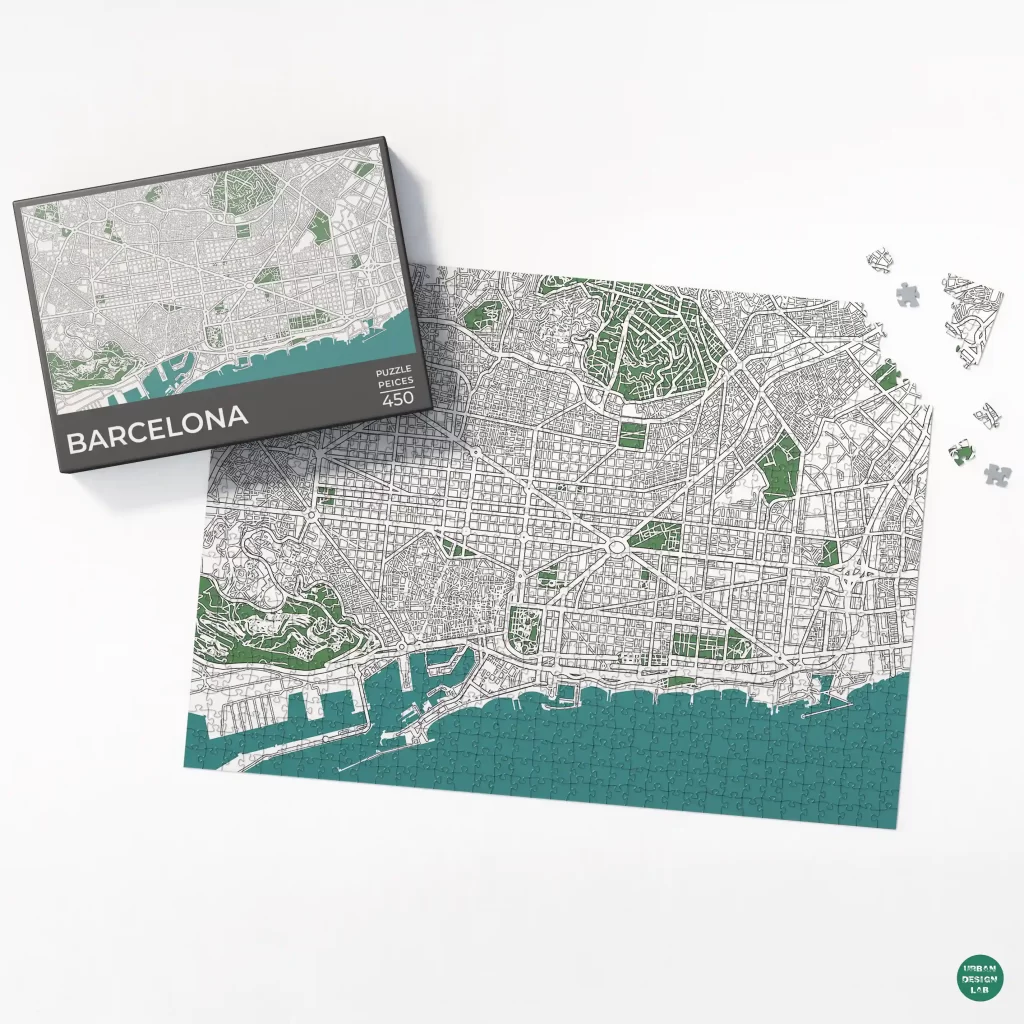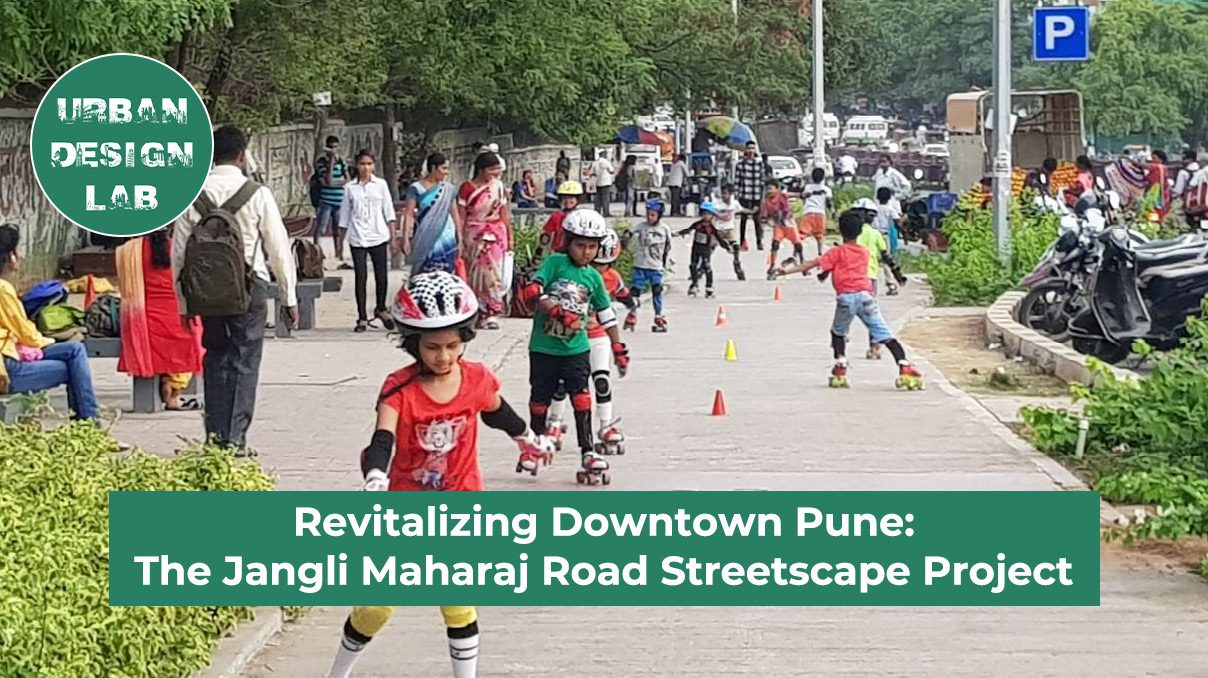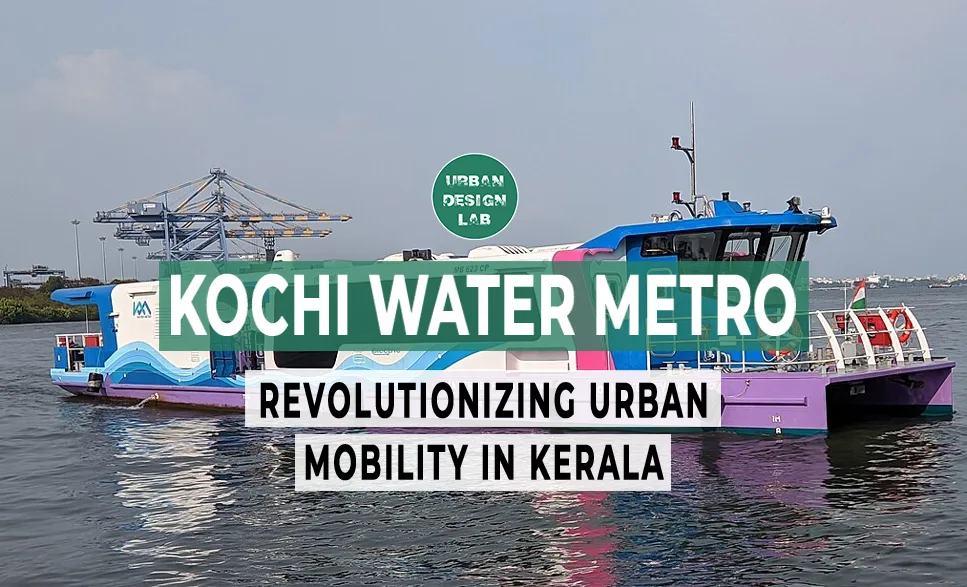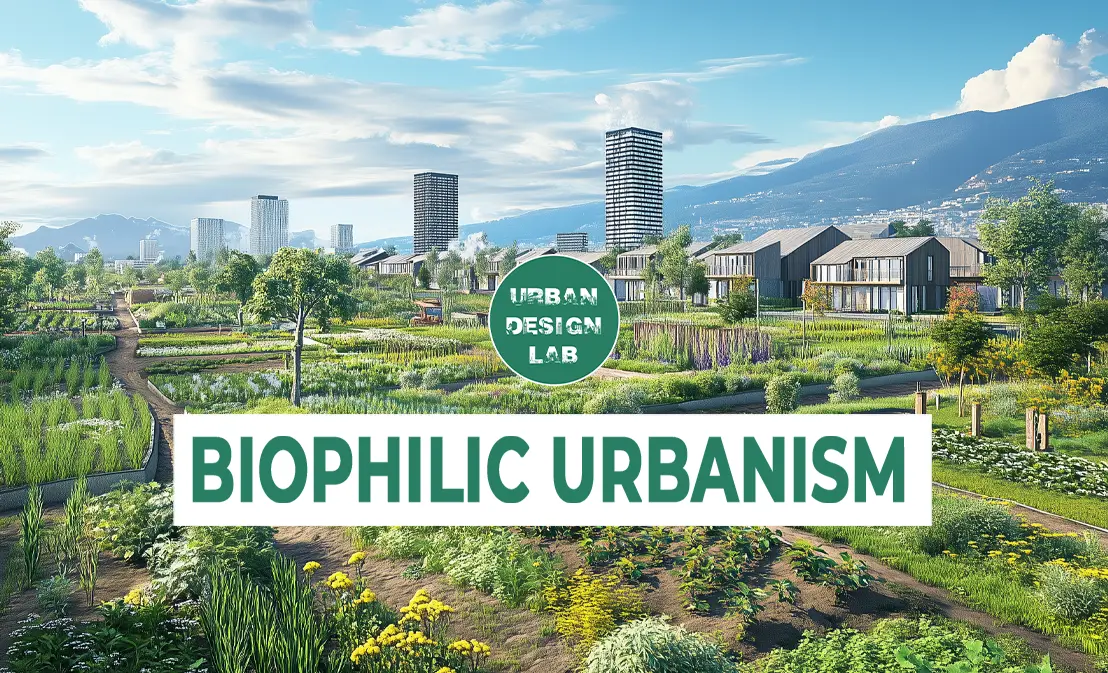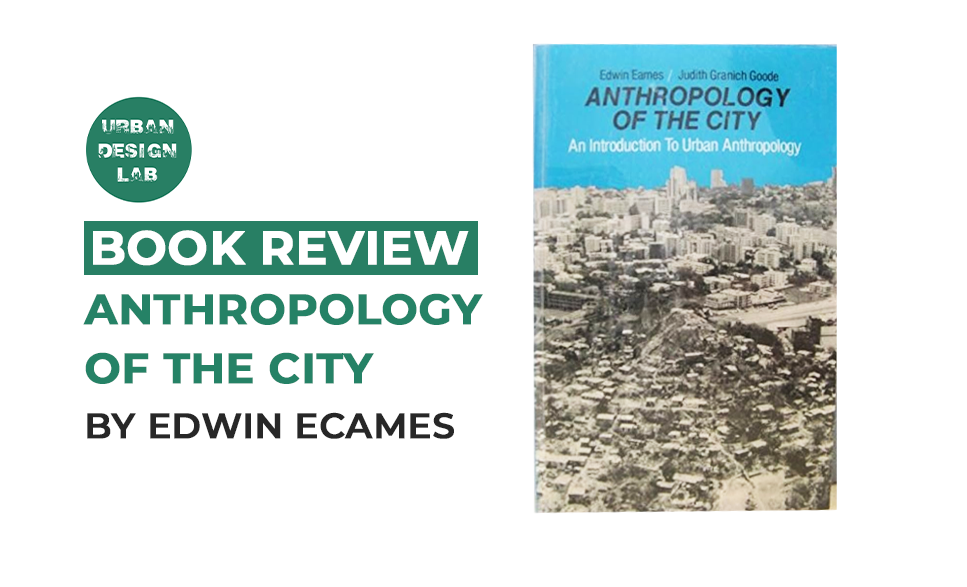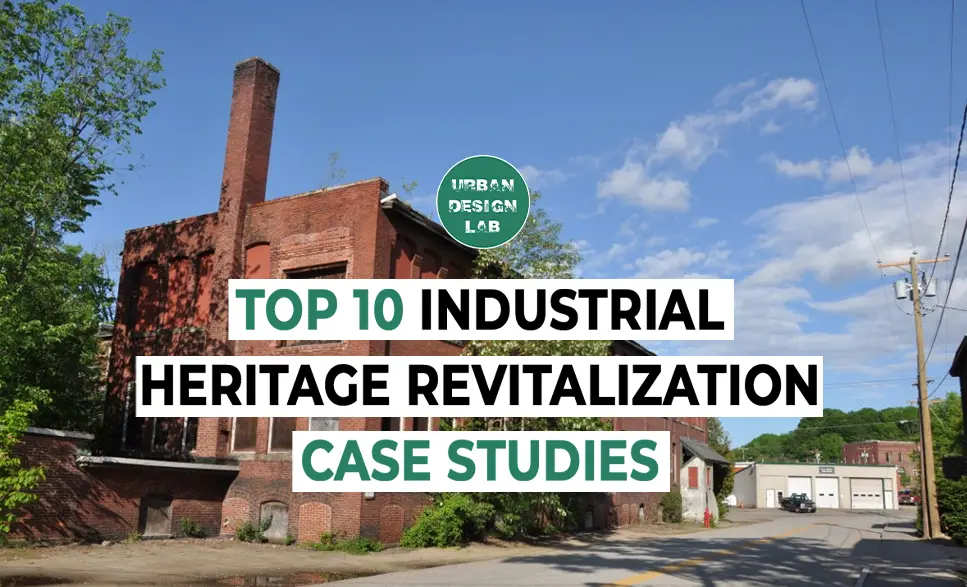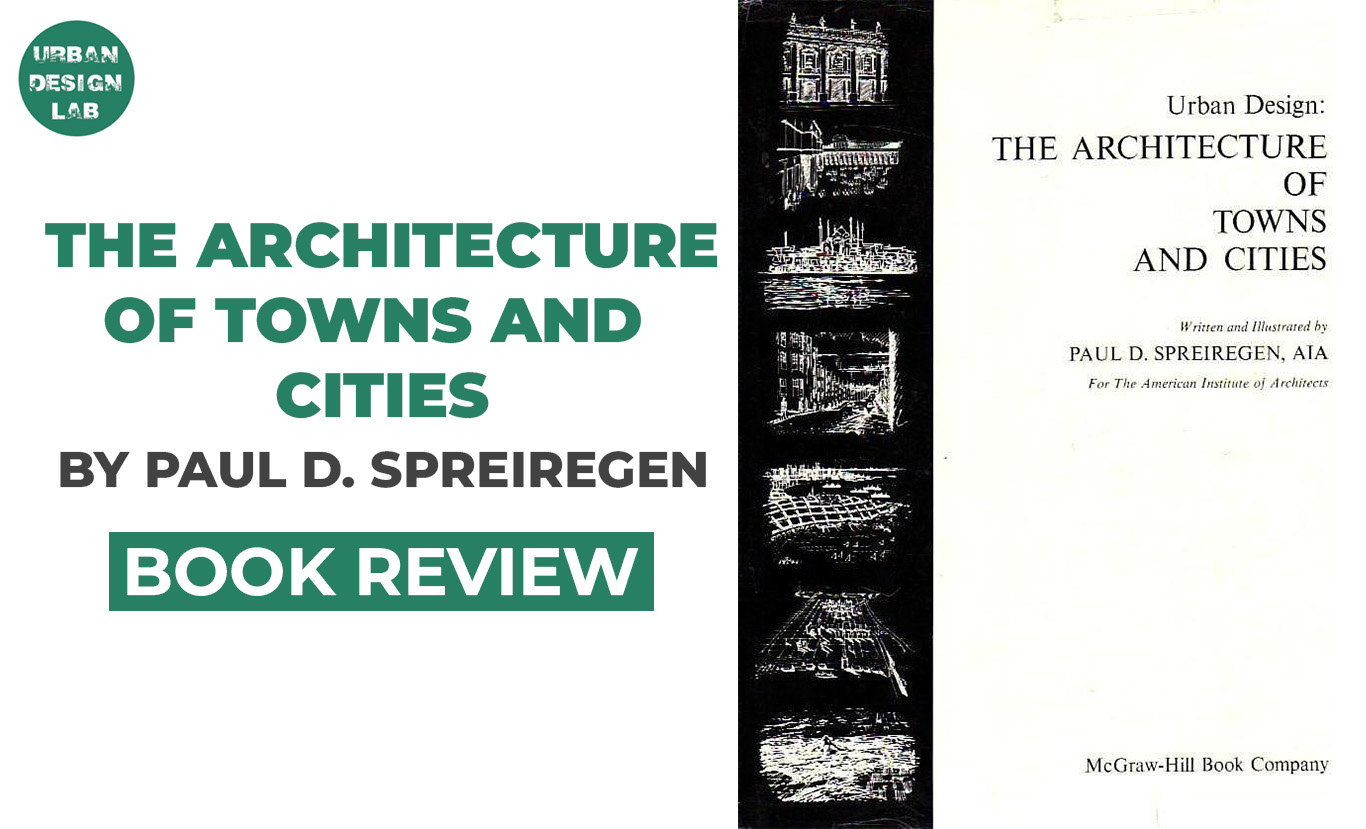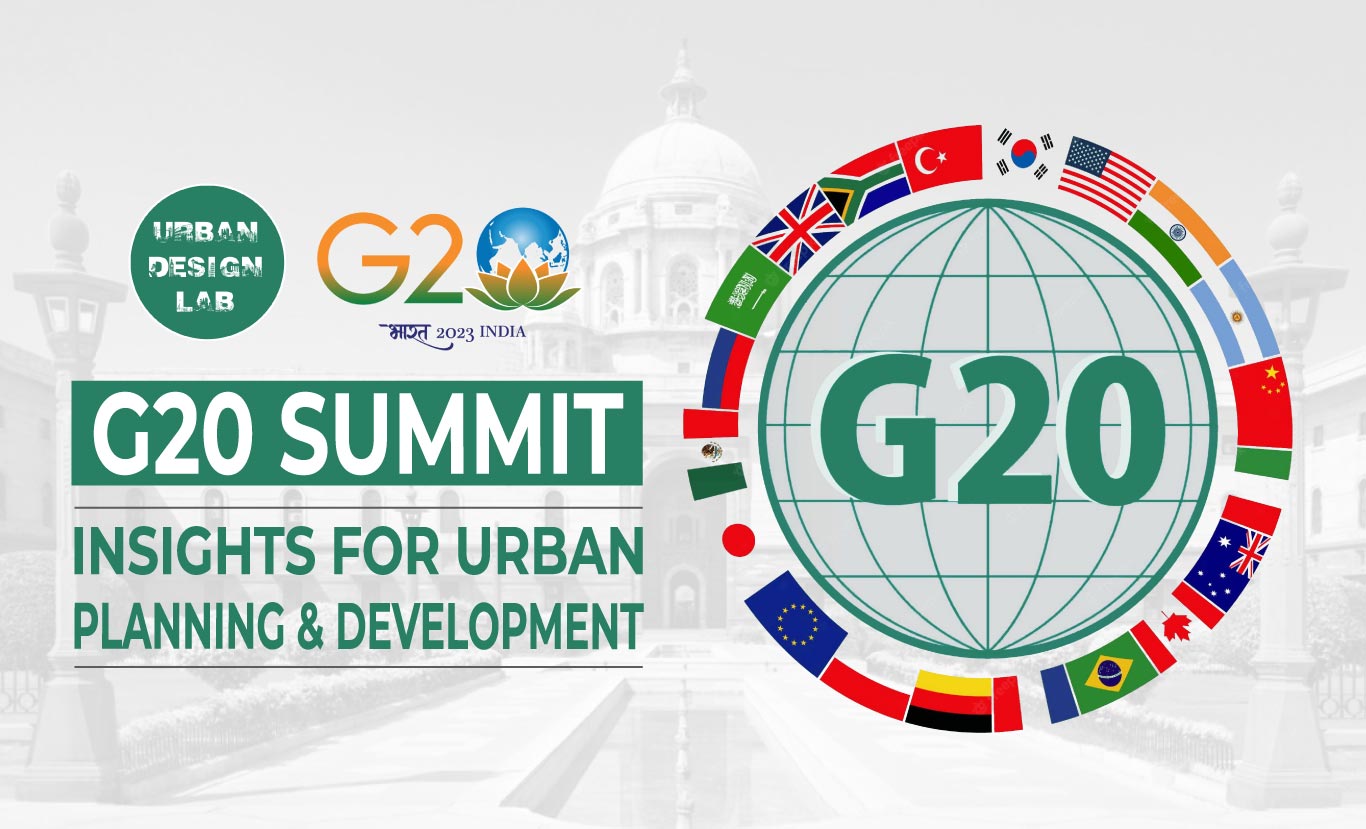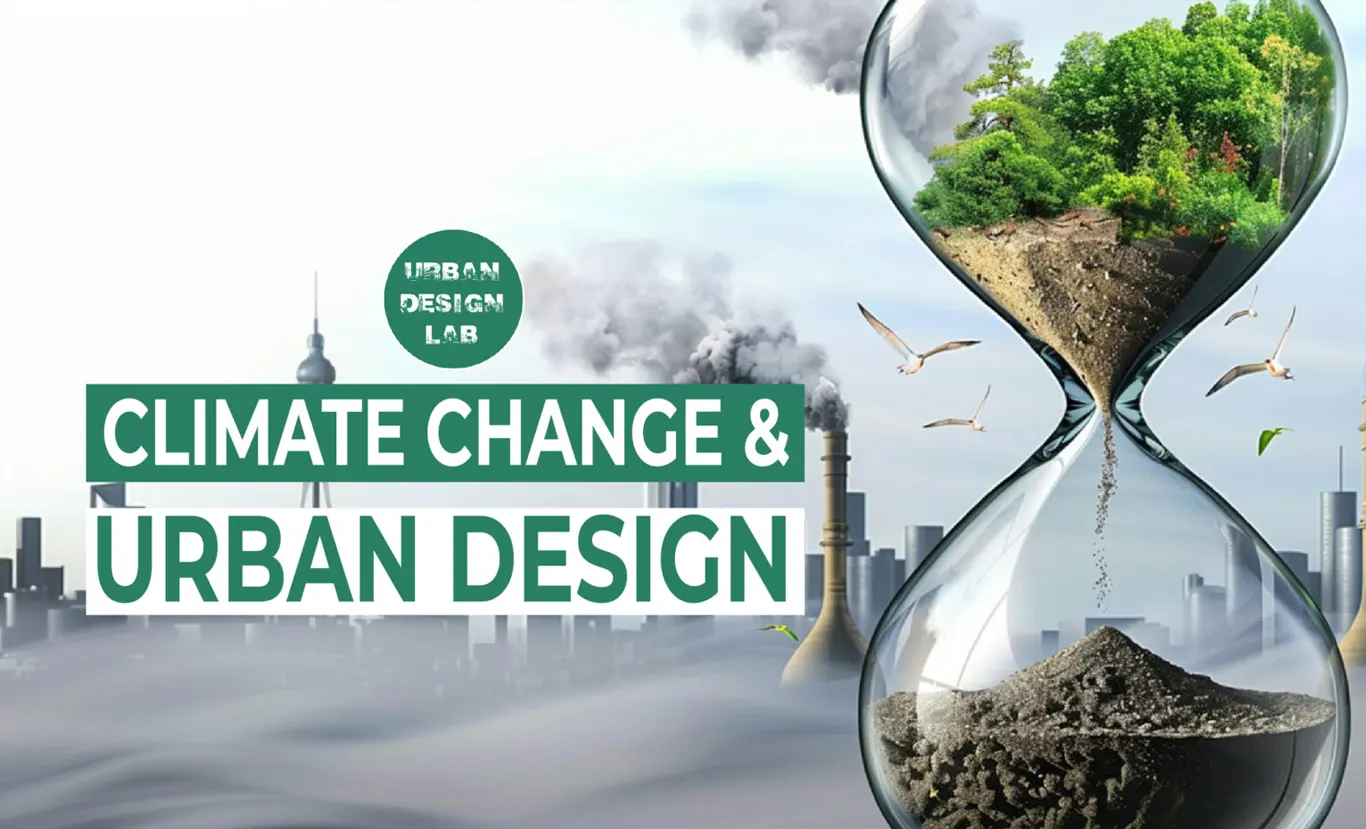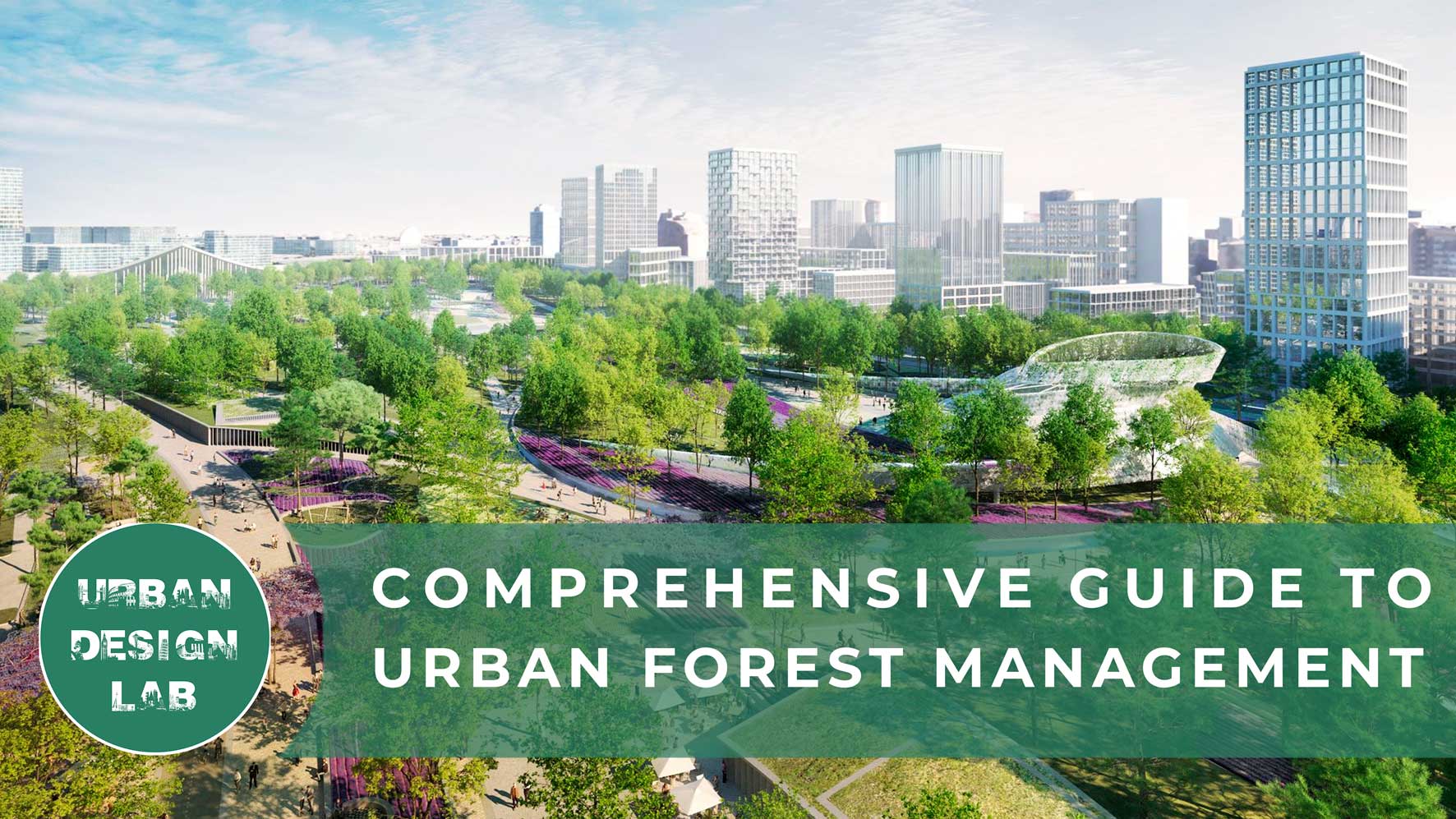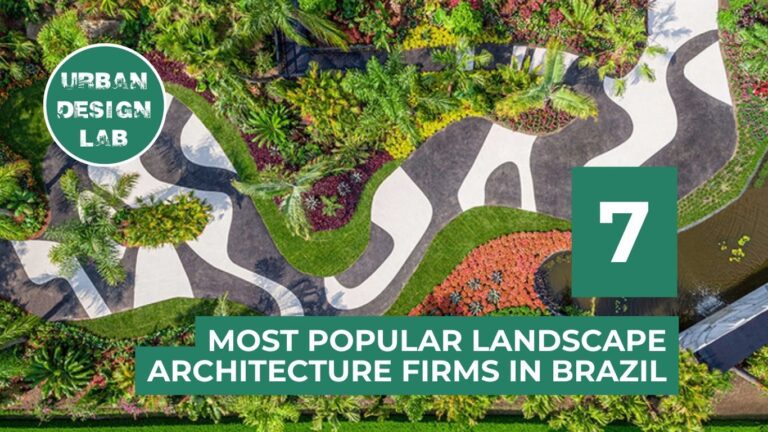
Lucknow’s Central Park Initiative: Transforming Urban Green Spaces
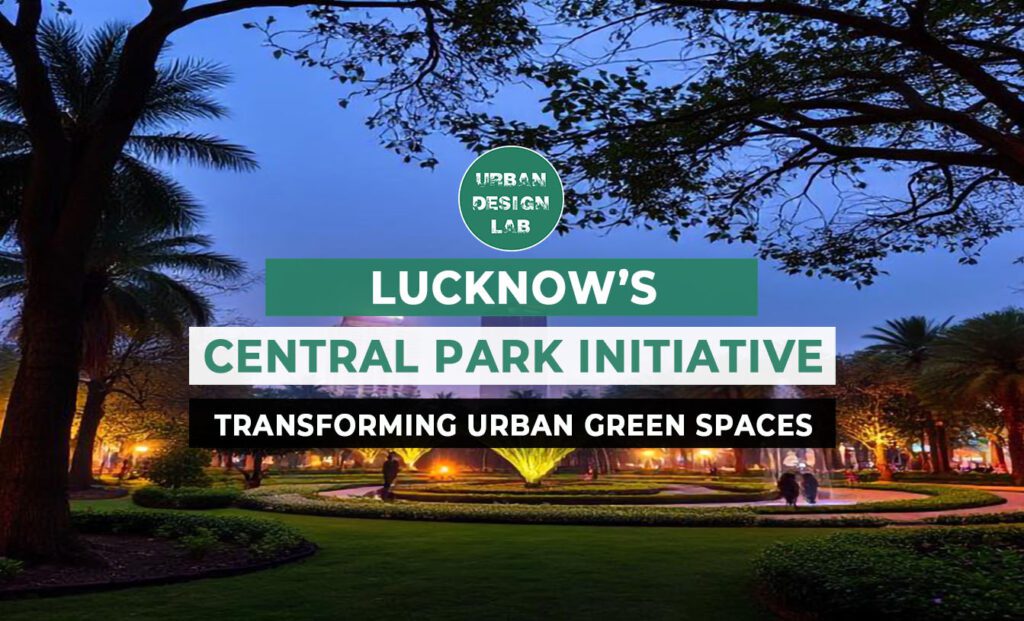
Indian cities are losing urban green space, undermining sustainability and public health. Lucknow, the state capital of Uttar Pradesh, is fighting back with the “Central Park Initiative,” a major change in urban greening. The project targets major, ecologically-designed parks such as Janeshwar Mishra Park and the Gomti Riverfront Development. The article evaluates the planning, design, and socio-ecological impacts of the project. It argues that Lucknow’s development of large-scale “green lungs” is a model for other cities. The study further identifies successes in biodiversity, public health, and civic identity, as well as ongoing financial sustainability and access issues.
Introduction
Lucknow, which serves as the capital of Uttar Pradesh, is a city in transition. Historically renowned for rich cultural heritage and large gardens, the given situation is dominated by population explosion, overburdening of infrastructure, and increasing pressure on its environmental resources. As in much of India’s urban terrain, this has led to fragmentation and loss of accessible high-quality public green space. The consequences—degrading air quality, urban heat island, and degraded quality of life for residents—are well documented (ResearchGate, 2020).
Lucknow has responded with what could be called a “Central Park Initiative”—a city-wide, strategic initiative to reclaim and develop large urban parks. This was not a collection of discrete beautification programs, but rather a deliberate policy commitment to building landmark parks of scale and ambition not typically seen in Indian urbanism today. The initiative is best illustrated by two flagship projects: the Janeshwar Mishra Park, a human-made park and one of the largest in Asia, and the overall Gomti Riverfront Development.
This article highlights the initiative as a flagship case study of state-led urban placemaking. Lucknow’s model offers a replicable, but challenging, template for other Indian cities struggling to balance high-speed development with environmental sustainability and social welfare.
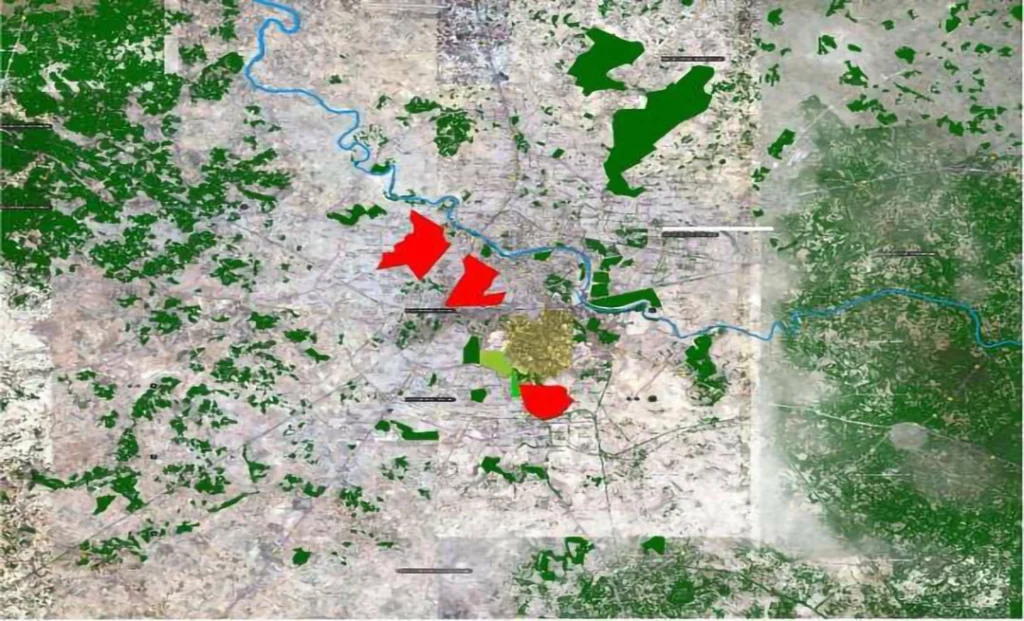
Supporting Literature Study
The Crisis of Urban Green Space in India
Urban green spaces (UGS) in India suffer from systemic issues, such as encroachment, poor funding for maintenance, fragmented administration, and the absence of public participation. Master plans frequently identify green spaces, but poor enforcement results in their conversion to other purposes (Scribd, 2020). This net loss of green cover increases environmental issues and produces a deficit of public space for recreation and social interaction, important for public health (Mongabay, 2025).
The Function of Large-Scale “Signature” Parks
Worldwide, extensive parks like New York’s Central Park or London’s Hyde Park are identified as vital urban infrastructure. They offer enormous ecosystem services—temperature regulation, stormwater management, etc. Socially, they serve as democratic spaces, promoting community, facilitating recreation, and building a strong civic identity (Tomer & Mathur, 2011).
Ecological Riverfront Development and Design
Current landscape architecture prioritizes ecological restoration above pure beautification, hence designing living, self-sustaining systems with native plant life, water management, etc. Riverfronts, the most forgotten areas in Indian cities, are becoming prime sites for such ecological renewal, turning them from dirty backyards into thriving public spaces. The planning of the Gomti Riverfront was based on this concept of reviving a dead river.
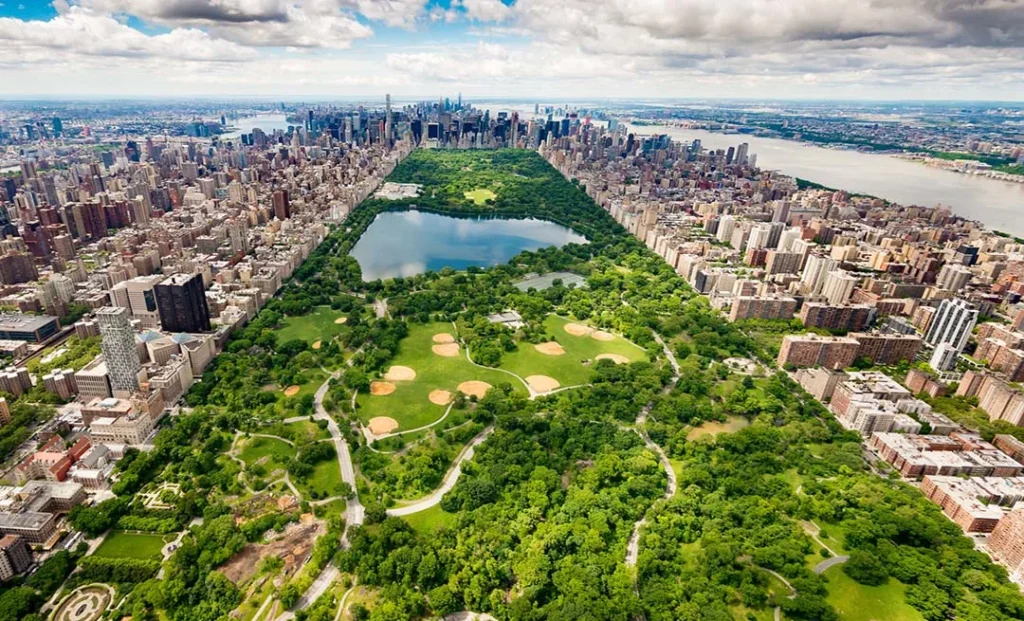
Source: Website Link
The Initiative's Framework and Components
Lucknow’s success in urban development is emblematic of a strategic synthesis between a coherent political vision and a robust implementation strategy, orchestrated by the Lucknow Development Authority (LDA).
The visionary framework and political will underpinning Lucknow’s transformation emerged as a top-down initiative. This high-level commitment proved instrumental in garnering substantial financial investment, and surmounting the bureaucratic challenges.
The Janeshwar Mishra Park exemplifies this visionary approach, spanning 376 acres and emulating the grandeur of London’s Hyde Park. This project exemplifies ecological restoration, as conceptualized by the School of Planning and Architecture, Delhi. It features two large, man-made lakes and intricate water channels, replenished via rainwater harvesting and contributing to groundwater recharge.
The Gomti Riverfront Development is another notable endeavor, focusing on the reclamation and redevelopment of a 22 km stretch along the Gomti riverbank. The design philosophy emphasizes re-establishing the river’s centrality and enhancing its ecological function. Key interventions involved river cleaning and channeling to revitalize the water body, and the creation of continuous pedestrian and cycling pathways to facilitate public interaction.
In summary, Lucknow’s developmental trajectory underscores the importance of political commitment and strategic planning in executing large-scale urban projects, exemplified by the Janeshwar Mishra Park and Gomti Riverfront Development initiatives.
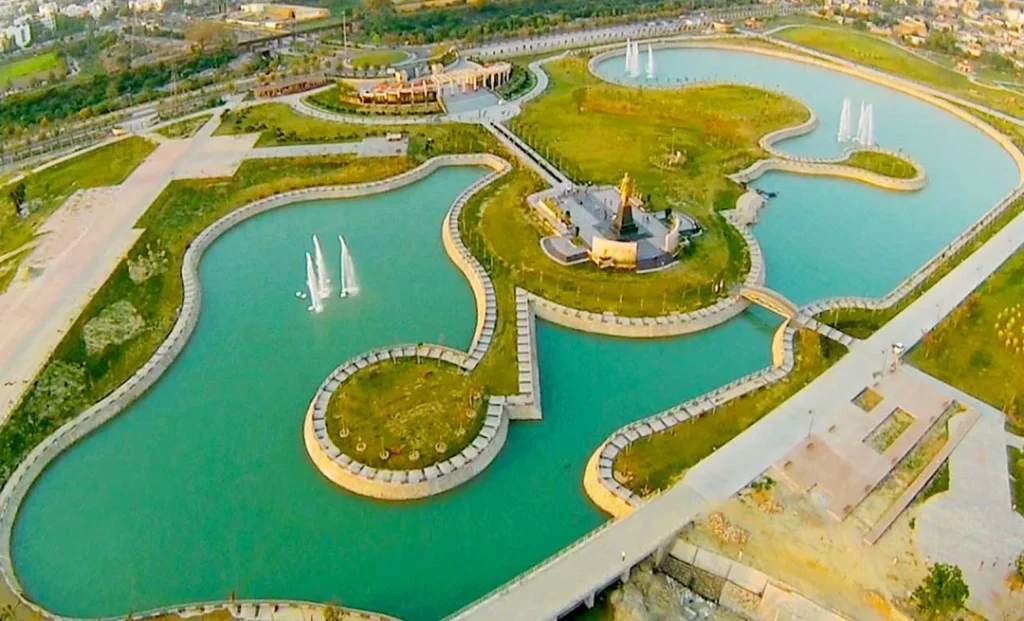
Socio-Ecological Impact Analysis
Ecological Impacts
The project has had tangible environmental gains. The extensive green cover of Janeshwar Mishra Park helps considerably reduce the urban heat island effect in the area. Water bodies within the park have introduced a new wetland ecology, supporting a variety of bird species and enhancing localized hydrology. The Gomti Riverfront project, despite all the negative criticism, has resulted in cleaner riverbanks and heightened public awareness regarding the health of the river.
Social and Cultural Impacts
The most significant impact has been social. The projects have given Lucknow’s citizens safe, clean, and accessible public areas for recreation, exercise, and socialization. They are now a favorite destination for family members, morning walkers, and youth, positively affecting public health and social bonding. They have also redefined Lucknow’s new identity culturally, reflecting a city that cares about the quality of life of its citizens.
Economic Impacts
The construction of such big parks has benefited the local economy. It has enhanced a sharp rise in property prices in surrounding areas, especially Gomti Nagar. Besides, it has generated new economic opportunities in terms of tourism and running the amenities within the parks (e.g., food stalls, boat hiring) through public-private partnerships.
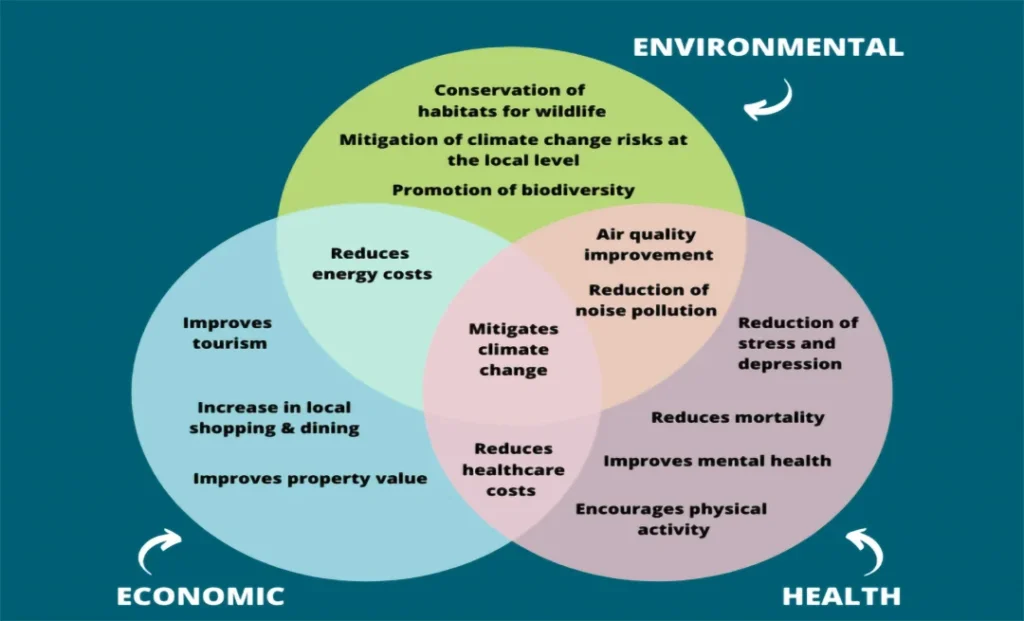
Further Discussions
Lucknow’s “Central Park Initiative” is a success story of Indian urbanism, which proves that public investment in high-quality green spaces by the state can pay huge dividends.
Recognizing the difficulties:
- Equity and Accessibility: Though these parks are open to the public, their large size and central location make them easiest to reach for those residents who have access to private transportation. The difficulty is in providing equal access for all citizens of the city, especially lower-income residents.
- Financial Sustainability: The maintenance and operation expenses of such big, manicured parks are huge. Over-dependence on government subsidies exposes them to prospective political and budgetary changes. Building strong, long-term financial models, possibly through increased commercial leasing or dedicated endowments, is essential.
- Ecological Authenticity vs. Designed Nature: Critics might assert that they are highly engineered environments rather than real ecological restorations. The long-term ecological resilience of these human-made ecosystems demands ongoing monitoring and professional management.
For other Indian cities, the main takeaway is the potential of big thinking. Rather than having only small, neighborhood-level parks, the investment in at least one or two large, city-level “signature” parks can have a disproportionately positive effect on a city’s environment, economy, and identity.
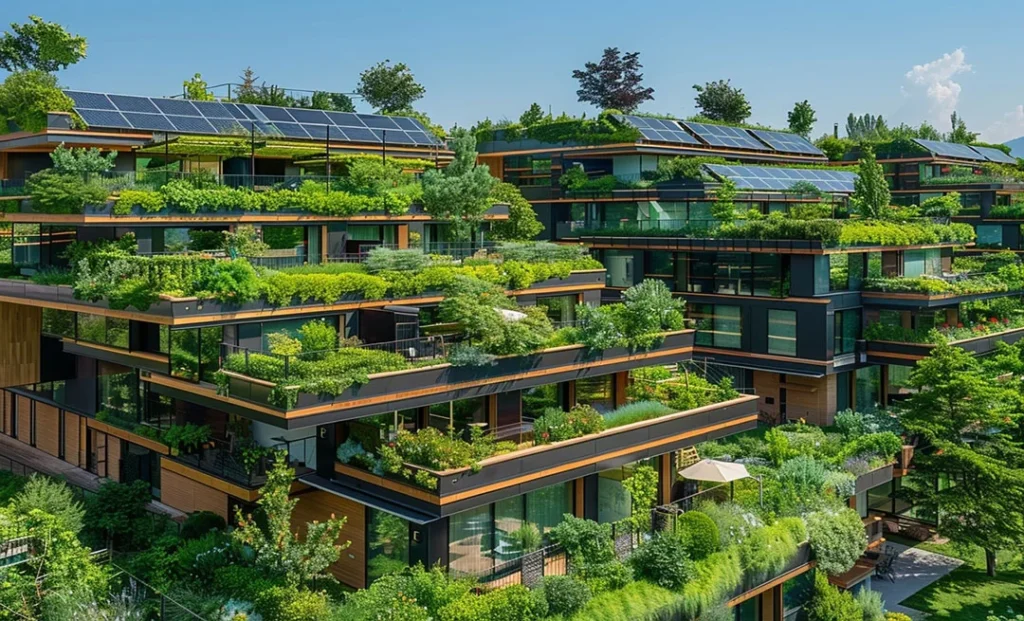
Conclusion
The Lucknow Central Park Initiative, initiated by initiatives such as Janeshwar Mishra Park and the Gomti Riverfront Development, is a milestone in India’s urban greening efforts. It proves that carefully considered, large-scale investment in public green infrastructure can reshape the physical and social landscapes of a city. The initiative has given Lucknow its critical green lungs, promoted dynamic public life, and improved its reputation as a progressive, liveable city. Though long-term issues related to financial sustainability and fair access remain an issue, Lucknow’s ambitious vision is a compelling and inspiring example for other Indian cities in charting the challenging course of sustainable urban development.
Future studies should involve post-occupancy analysis to quantify the long-term ecological transformations, social use patterns, and economic viability of the management paradigms used.
References
- Lucknow Development Authority. (n.d.). Janeshwar Mishra Park. Official Website.
- MagicBricks. (2024). Lucknow Master Plan 2031: Important Details, Structure and More.
- Mongabay-India. (2025). Urban green spaces can save more lives if placed right.
- ResearchGate. (2020). Developing Urban Green Space using Geoinformatics-Results from Lucknow Metropolitan city, Uttar Pradesh, India.
- Scribd. (2020). Lucknow Green Cover Analysis.
- Tomer, S., & Mathur, N. (2011). Gomti riverfront development Lucknow, India: a feasibility study. POLITesi – Politecnico di Milano.

Sauhard Kukreti
About the author
Sauhard Kukreti is an architect currently advancing their expertise through a Master’s degree in Planning, specializing in Regional Planning. Their academic and professional interests are deeply rooted in regional planning and development policies, with a focus on sustainable and efficient regional transportation and rural development. They are also keenly interested in the natural environment and its conservation, addressing climate change impacts and mitigation strategies. Sauhard Kukreti explores the integration of artificial intelligence and machine learning to innovate within the field of regional planning.
Related articles


From Laser Cutters to VR How to Choose the Right Model Making Method
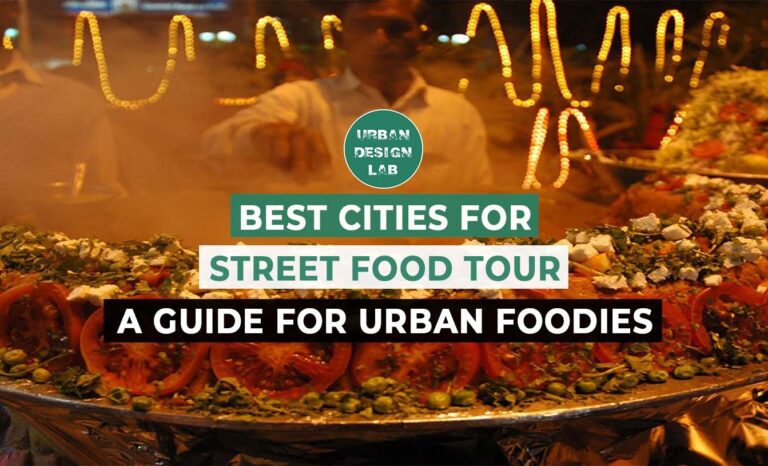
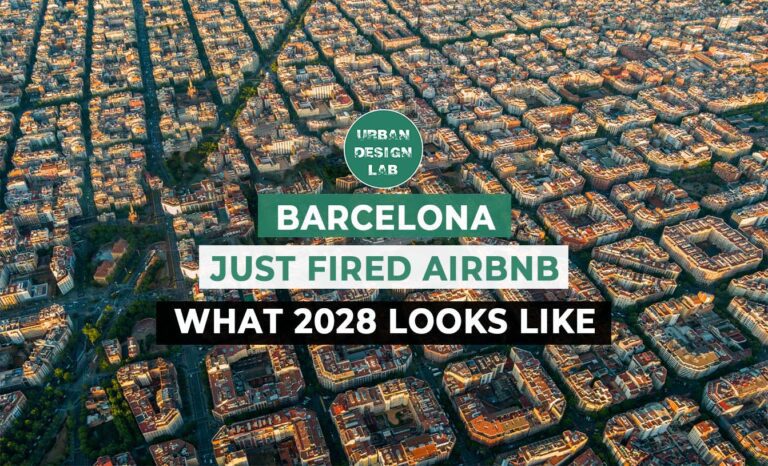
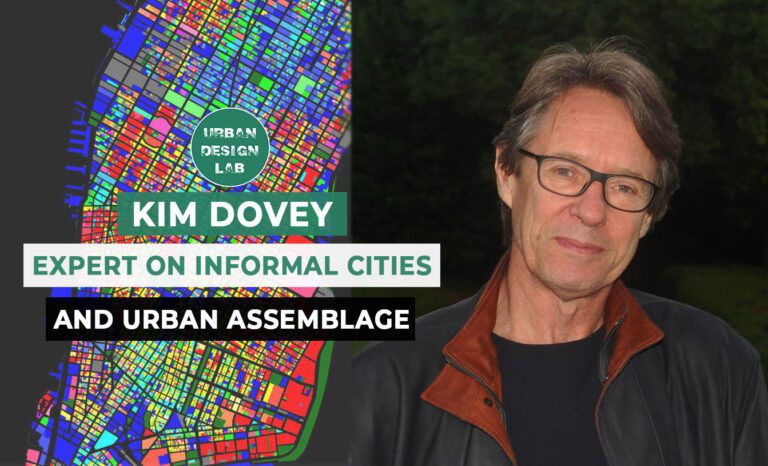
Kim Dovey: Leading Theories on Informal Cities and Urban Assemblage
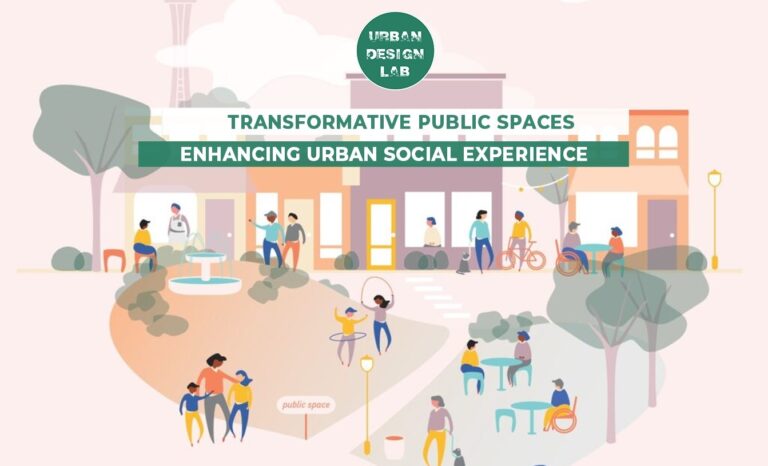
UDL Illustrator
Masterclass
Visualising Urban and Architecture Diagrams
Session Dates
17th-18th January 2026

Urban Design Lab
Be the part of our Network
Stay updated on workshops, design tools, and calls for collaboration
Curating the best graduate thesis project globally!

Free E-Book
From thesis to Portfolio
A Guide to Convert Academic Work into a Professional Portfolio”
Recent Posts
- Article Posted:
- Article Posted:
- Article Posted:
- Article Posted:
- Article Posted:
- Article Posted:
- Article Posted:
- Article Posted:
- Article Posted:
- Article Posted:
- Article Posted:
- Article Posted:
- Article Posted:
- Article Posted:
Sign up for our Newsletter
“Let’s explore the new avenues of Urban environment together “

